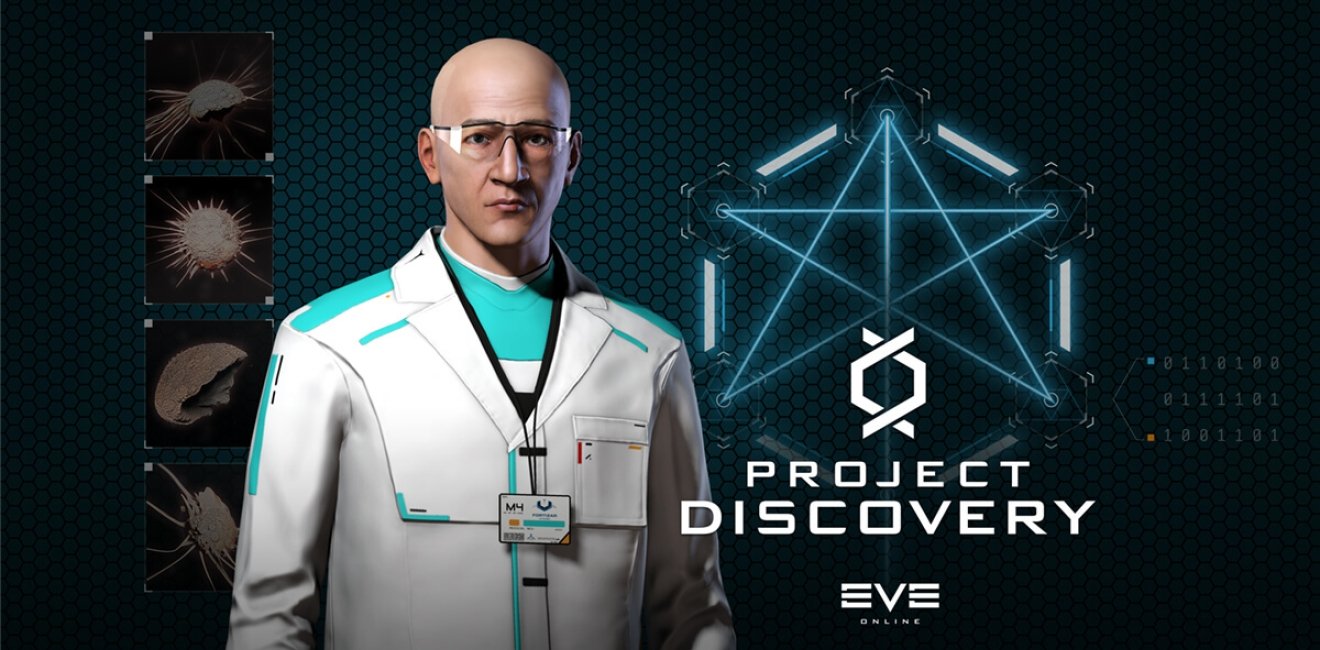Serious Games for Opening Up Scientific Discovery
How can serious games be used to contribute to the Year of Open Science?

A blog of the Science and Technology Innovation Program
How can serious games be used to contribute to the Year of Open Science?

NASA and the White House Office of Science and Technology Policy have declared 2023 the “Year of Open Science,” which includes a focus on “expanded opportunities for public engagement” (OSTP) with an eye to accelerating scientific discovery (NASA). Open science has the power to change the culture of science by not only making research more transparent, but also by engaging those who are not traditionally involved in the creation and implementation of scientific discovery.
Broadening engagement is one way of opening up science, and researchers have been turning to unique technology to facilitate that type of engagement: games. As a medium, digital games have wide use; the Entertainment Software Association estimates that in 2022, over 215 million people in the United States played video games regularly. Research institutions have used games to not only reach new audiences but also speed up scientific research and make scientific discoveries, particularly within the field of medical science. As agencies and experts look to a Year of Open Science, learning from these examples—and looking to the future potentials of games supporting research—can help level up efforts.
To understand how an agency can use games, let’s look at two ways of implementing games. First, institutions can develop a new game that is framed around a particular research question. Games can visualize data outside the lab, affording not only educational opportunities but lowering the barrier of entry to leading research. The National Cancer Institute at the National Institutes of Health put on a series in a virtual conference called DataViz+Cancer that highlights some key considerations in using games–and other types of visualizations–in research. Two prominent examples illustrate this approach: Foldit and Eyewire. Both projects rely on crowd-sourcing data through a game to help accelerate research.
Foldit is a free-to-play puzzle game that challenges players to fold proteins. In doing so, players contribute to a dataset to help bring solutions to diseases like COVID-19, HIV, Alzheimers, and more. It is often the example by which game-based crowdsourcing projects measure themselves, in part due to its success: in less than three weeks in 2011, participants solved the structure of an HIV-related protein that had previously stumped scientists, according to the University of Washington.
In a similar vein, the Seung Lab at Princeton University developed Eyewire as part of a quest to map the some 100 trillion connections between neurons in the human brain. Players reconstruct a neuron’s 3D structure from 2D cross sections, making connections that AI would miss. The community’s work improves computational technologies with the hopes of one day finding a cure for neurological disorders caused by miswired neurons. As reported in Nature, so far Eyewire players have reconstructed parts of retinal neurons, leading to breakthroughs in how neuroscientists understand the mechanisms underlying motion perception.
These games illustrate that for crowdsourcing, data needs to be not only fun for users to engage with, but also easily digestible and distributed. Importantly, the tasks are manageable. The games break down an overall research question into small, bite-sized problem sets with a finite task and focused data sets. Breaking down the data and distributing the task across thousands of computers ultimately enables massive participation.
But what makes it a game is the employment of play–and competition–that everyone from researchers to science educators appreciate. In both instances the data becomes a “puzzle” for players to solve that are just a few steps beyond Wordle. These puzzles vary in complexity, but a sense of achievement is extrinsically motivated through a reward system. In Foldit, there are arcade-style leaderboards and monthly challenges, and Eyewire regularly holds special events where players can compete in teams or race to trace an entire cell within 24 hours. These mechanics not only motivate individuals, but in creating these forms of visible competition go one step further in developing a sense of community around the game that is so vital to long-term participation.
In addition to creating their own game, there is a growing interest in how researchers can also work with commercial game companies to engage existing audiences. An example of this is the collaboration around EVE Online. EVE Online is a massive multiplayer online roleplaying game that is perhaps best known for corporate espionage and heists in a space-themed environment. According to a report from GamesBeat in 2021, it boasts a unique user base of 25 million globally with approximately 300,000-400,000 players concurrently. It is a commercial game that has opened its doors to crowdsourcing scientific research through themed content embedded in the game itself under a mini-game called “Project Discovery.”
In “Project Discovery,” players have been tasked with supporting projects from discovering exoplanets (as above) to supporting the Human Protein Atlas (HPA), which aims to map proteins within human cells by cataloging different cell structures in over 250,000 images. In a recent version of the mini-game, players mapped flow cytometry by creating polygons around cells to help scientists understand immune response to COVID-19. By crowdsourcing this within EVE Online, as reported in IGN, it amounted to 1.37 million points of data which, in turn, the team estimated saved scientists 330 years of work in researching COVID-19.
There are a few things that were attributed to this success. First, while an innovative mini-game, “Project Discovery” fits within the overall feel of the game, with mechanics similar to other in-game tasks. But this mini-game also hits home on a nuanced way of understanding player motivation: it isn’t just about in-game rewards. In the same report from IGN, EVE Online Creative Director, Bergur Finnbogason pointed out three primary player types: those playing for in-game rewards, those playing because they were already deeply invested in EVE Online, and those playing for science.
While a qualitative observation, studies have time and again demonstrated that motivation for game players is varied. Those wishing to capitalize on games as a way to build out scientific research should consider multiple ways of incentivizing participation. While in-game rewards most certainly help, some players will be motivated because it affords them an opportunity to deepen their engagement with the game and its story; others because it allows them to explore something new, like a fresh mechanic; and still others because it connects them to a broader community effort, scientific or otherwise.
These examples highlight ways that games have fostered the acceleration of scientific research while also expanding the scope of contributors to that research. In the case of Foldit and Eyewire, researchers leveraged game elements to make science more engaging and build a community that has made real-world impacts. In the case of EVE Online, an already popular game title was used to crowdsource data for health research. In both cases the research teams distributed the data to not only make it more adaptable for broad use, but transform it into a playful experience through puzzles and game mechanics. The key is to recognize both the broad possibilities of games and the diverse motivations and objectives of their players. Just like with any other medium, people play video games for a variety of reasons that can be tapped into to increase scientific engagement. Some gamers value points and in-game rewards while others seek opportunities to explore new horizons in the game or deepen their play. Some prefer supporting a broader community, while others relish competition. What’s also important to know is that, at least in these cases, they can also ultimately support scientific discovery.




The Serious Games Initiative communicates science and policy complexities through the world’s most dynamic medium: gaming. Read more


The Science and Technology Innovation Program (STIP) serves as the bridge between technologists, policymakers, industry, and global stakeholders. Read more




